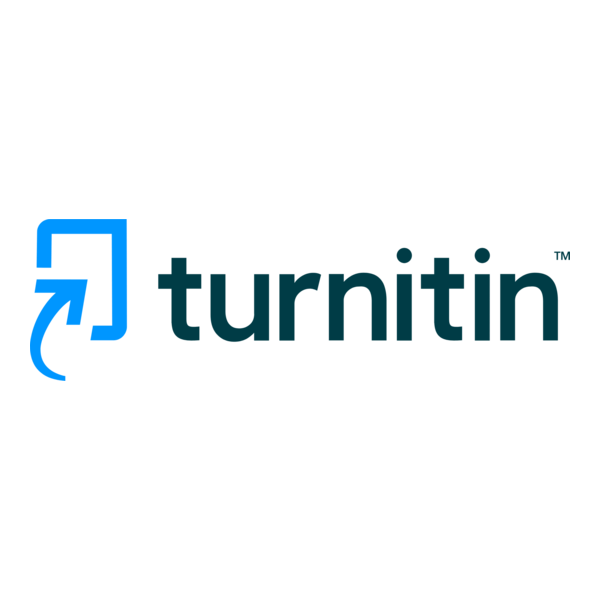Application of the HIRADC Method for Hazard Risk Mitigation in Steel Pipe Manufacturing Processes
Abstract
Keywords
Full Text:
PDFReferences
Goetsch, D.L. (2011) Occupational Safety and Health for Technologists, Engineers, and Managers. 7th ed. Prentice Hall.
International Organization for Standardization (2018) ISO 45001:2018 Occupational Health and Safety Management Systems – Requirements with Guidance for Use. Geneva: ISO.
International Organization for Standardization (2019) ISO 31010:2019 Risk Management – Risk Assessment Techniques. Geneva: ISO/IEC. Edition 2
Manu, P., Ankrah, N., Proverbs, D. and Suresh, S. (2013) ‘The development of a model for accident prevention in the construction industry’, Safety Science, 60, pp. 104–114. Available at: https://doi.org/10.1016/j.ssci.2013.07.011.
Ministry of Manpower of the Republic of Indonesia (2018) Regulation of the Minister of Manpower of the Republic of Indonesia Number 5 of 2018 Concerning Occupational Health and Safety in the Work Environment. Jakarta: Ministry of Manpower of the Republic of Indonesia.
Ridley, J. and Channing, J. (2008) Safety at Work. 7th ed. Butterworth‑Heinemann.
Sukwika, A. and Pranata, G. (2022) Manajemen Risiko dalam Praktik Bisnis Modern. Jakarta: Prenadamedia Group.
DOI: https://doi.org/10.31284/j.jcepd.2025.v4i1.7745
Refbacks
- There are currently no refbacks.

This work is licensed under a Creative Commons Attribution-ShareAlike 4.0 International License.


.png)

.png)


